Methane-air Combustion Using GRI CHEMKIN Mechanism Considering 177 Reactions CFD Simulation
Methane-air Combustion Using GRI CHEMKIN Mechanism Considering 177 Reactions CFD Simulation
- Upon ordering this product, you will be provided with a geometry file, a mesh file, and an in-depth Training Video that offers a step-by-step training on the simulation process.
- For any more inquiries regarding the product, please do not hesitate to reach out to us at info@CFDLAND.com or through our online support assistant.
€240.00 Original price was: €240.00.€135.00Current price is: €135.00.
ANSYS Fluent’s GRI Chemkin simulation of methane-air combustion offers a thorough analysis of the complex chemical kinetics that supports this essential reaction system. The present investigation tries to clarify the details of methane combustion, which are important for comprehending energy conversion processes and environmental implications. It accomplishes this by using an in-depth structure that consists of 177 interactions. To capture the various regimes of combustion behavior, the study includes a variety of operating settings, such as changes in temperature, pressure, etc. Through the utilization of ANSYS Fluent and the broad GRI Chemkin mechanism, this study aims to offer significant perspectives on combustion phenomena. As the reference paper, we selected from Energy journal:
- Reference paper [1]: Jozaalizadeh, Toomaj, and Davood Toghraie. “Numerical investigation behavior of reacting flow for flameless oxidation technology of MILD combustion: Effect of fluctuating temperature of inlet co-flow.” Energy178 (2019): 530-537.
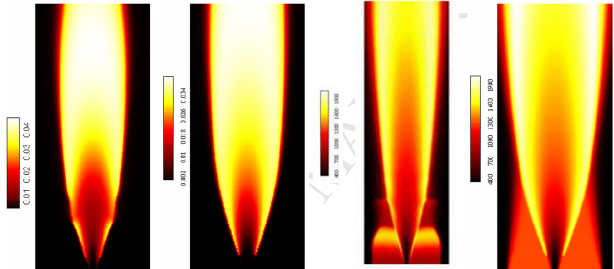
Figure 1: Time average contours of CO and Temperature in MILD combustion [1]
Simulation Process
In the primary phase, combustion chamber is designed in Design Modeler software. It is a rectangular 2D domain. Then, 70191 cells are generated over the computational domain in structured mode. To consider the combustion and methane-air reactions, Species Transport model is activated. Regarding the fact that GRI mechanism should be used in the present problem, CHEMKIN option of the software is utilized to define 177 reactions that take place during the simulation.
Post-processing
An investigation covering 177 processes was carried out in the methane-air combustion simulation using the GRI mechanism. The findings clarified a number of important aspects of the combustion process. Above all, the mechanism provided a more sophisticated knowledge of the efficiency of methane usage and showed its role in the overall kinetics of combustion. The generation and distribution of important combustion byproducts, such as nitrogen oxides (NOx), carbon monoxide (CO), and carbon dioxide (CO2), were made clear by the investigation of chemical pathways. Several contours that are extracted from the software clearly depict mass fraction of each species after the combustion.
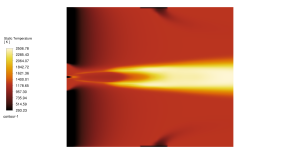
Figure 2: Temperature contour of Methane-air Combustion Using GRI CHEMKIN Mechanism Considering 177 Reactions
The OH net reaction rate contour provides crucial insights into the flame’s reactive zones, showing peak rates of 1.03-1.20 kg/(m³·s) concentrated in a narrow region near the flame front. The sharp gradient in the OH reaction rate identifies the primary reaction zone where most of the combustion chemistry occurs. This distribution pattern, when analyzed alongside the nitrogen species contours, reveals how the radical chemistry (particularly OH) influences the formation of nitrogen oxides. The negative reaction rates (shown in darker red regions) indicate OH consumption zones, while the bright yellow regions represent active OH production, effectively mapping the flame’s most chemically active regions. This multi-contour analysis validates the implementation of the detailed chemical mechanism in capturing both the primary combustion chemistry and pollutant formation pathways.

Figure 3: Reaction rate of Methane-air Combustion Using GRI CHEMKIN Mechanism Considering 177 Reactions
We pride ourselves on presenting unique products at CFDLAND. We stand out for our scientific rigor and validity. Our products are not based on guesswork or theoretical assumptions like many others. Instead, most of our products are validated using experimental or numerical data from valued scientific journals. Even if direct validation isn’t possible, we build our models and assumptions on the latest research, typically using reference articles to approximate reality.
Yes, we’ll be here . If you have trouble loading files, having technical problems, or have any questions about how to use our products, our technical support team is here to help.
You can load geometry and mesh files, as well as case and data files, using any version of ANSYS Fluent.
€175.00 Original price was: €175.00.€145.00Current price is: €145.00.

€210.00 Original price was: €210.00.€135.00Current price is: €135.00.

€240.00 Original price was: €240.00.€125.00Current price is: €125.00.

€170.00 Original price was: €170.00.€99.00Current price is: €99.00.

€240.00 Original price was: €240.00.€135.00Current price is: €135.00.

€240.00 Original price was: €240.00.€135.00Current price is: €135.00.




















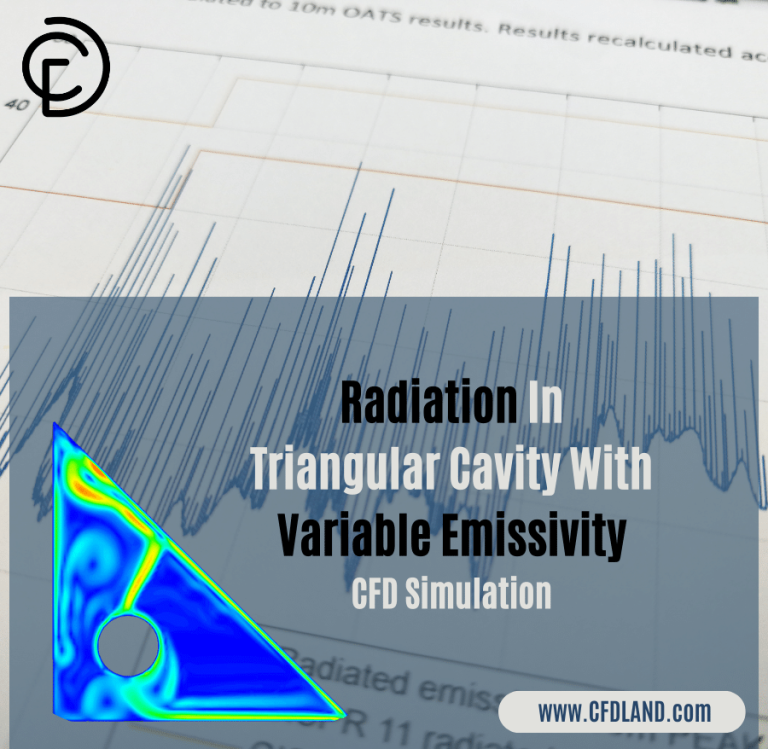
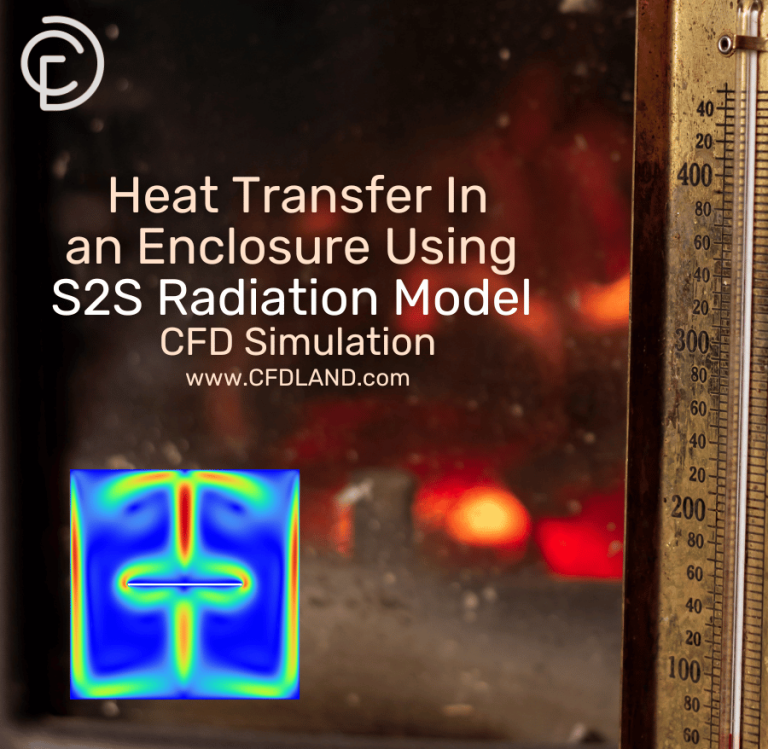
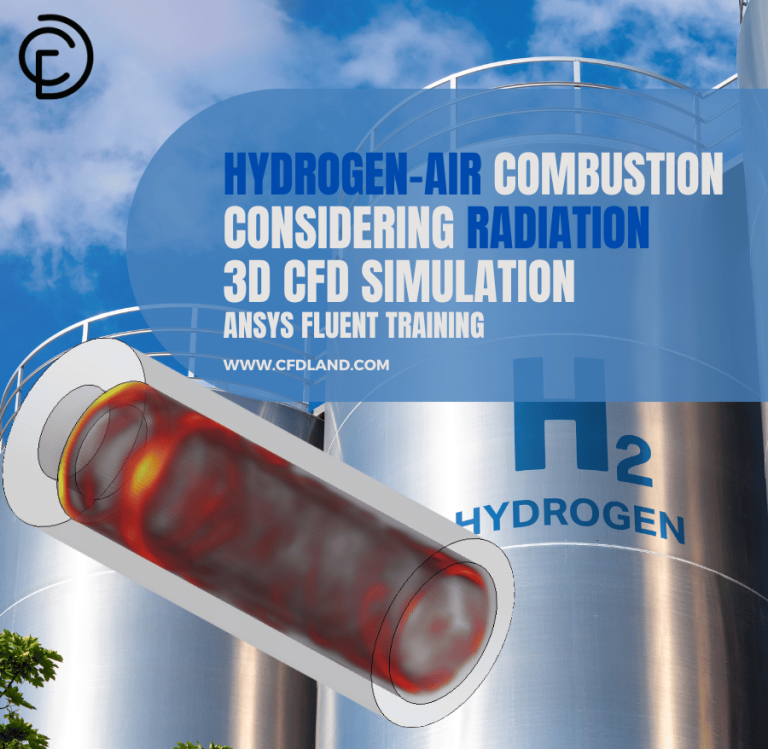

Reviews
There are no reviews yet.